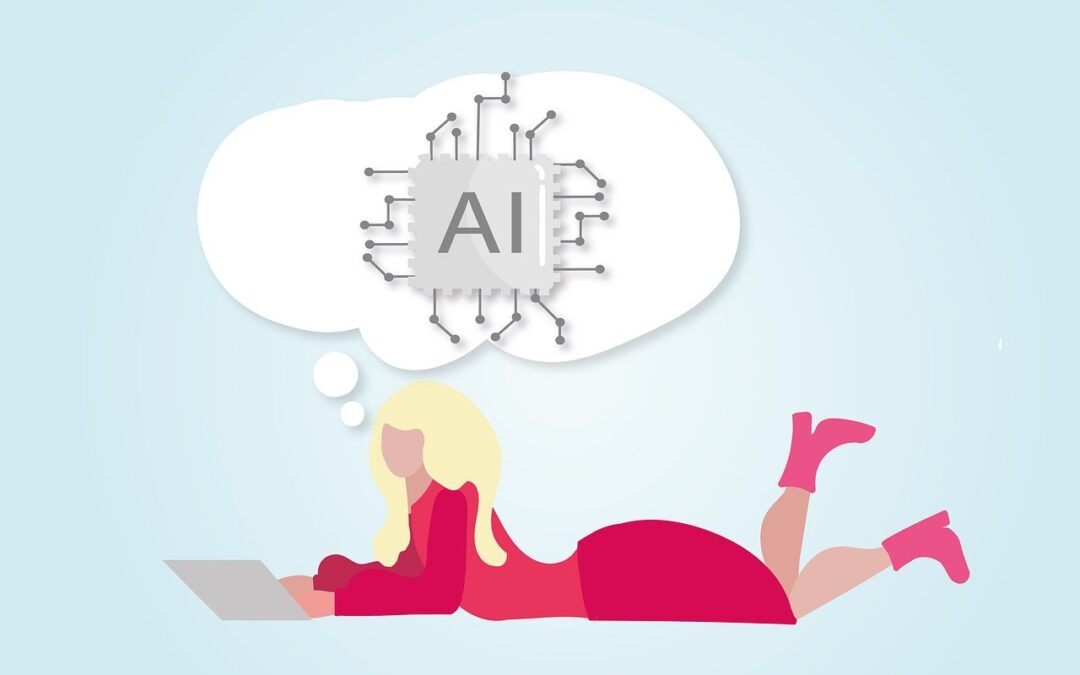In today’s fast-paced technological landscape, businesses are constantly seeking innovative solutions to streamline their operations and enhance customer service. Enter AI chatbots – a revolutionary tool that is transforming the way businesses interact with their customers. By harnessing the power of artificial intelligence, these chatbots effectively reduce overhead costs while simultaneously improving service quality. They are designed to automate repetitive tasks and provide instant assistance, ensuring customers receive prompt and accurate responses. With the ability to learn and evolve over time, AI chatbots are paving the way for a more efficient, cost-effective, and customer-centric approach to business operations.
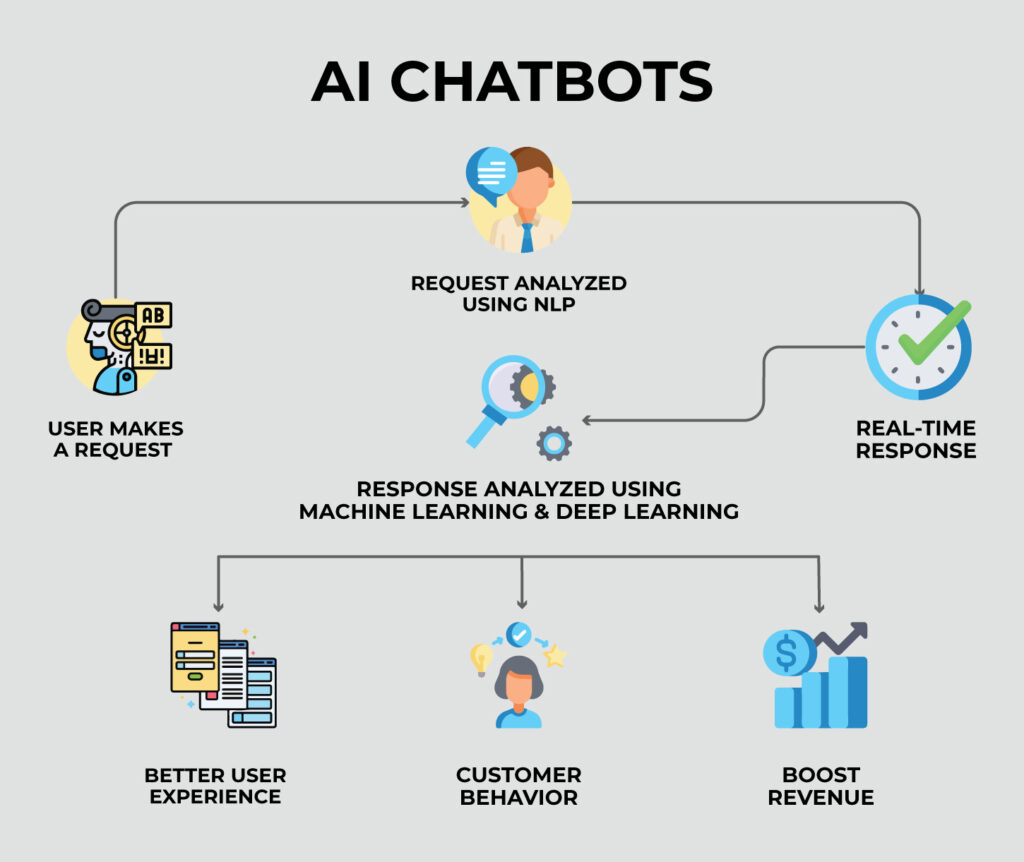
This image is property of successive.tech.
The Basics of AI Chatbots
Definition of AI chatbots
AI chatbots, also known as artificial intelligence chatbots, are computer programs designed to simulate human conversations. They utilize advanced natural language processing and machine learning algorithms to understand and respond to user inquiries. AI chatbots can be integrated into websites, messaging platforms, and other communication channels to provide automated customer service and support.
How AI chatbots work
AI chatbots work by analyzing user input, interpreting its meaning, and generating an appropriate response. They utilize natural language understanding (NLU) techniques to break down complex sentences and identify key intents and entities. Machine learning algorithms enable chatbots to learn from past conversations and improve their responses over time. AI chatbots can be rule-based, where predefined rules guide their interactions, or they can employ machine learning models to generate responses.
Applications of AI chatbots
AI chatbots have a wide range of applications across industries. They can be used for customer support, lead generation, e-commerce, virtual assistance, and more. In customer support, chatbots can handle frequently asked questions, troubleshoot issues, and provide information about products or services. In e-commerce, chatbots can assist customers in finding products and making purchases. Virtual assistants powered by AI chatbots can offer personalized recommendations and perform tasks like scheduling appointments or setting reminders.
Advantages of using AI chatbots
There are several advantages to using AI chatbots in customer service. First, they can reduce overhead costs by automating repetitive tasks and handling multiple inquiries simultaneously. This leads to improved efficiency and scalability. Second, AI chatbots can enhance customer service by providing faster response times, personalized interactions, and access to relevant information. Third, they can seamlessly integrate with existing systems and messaging apps, making them easily accessible to customers. Overall, AI chatbots offer businesses the opportunity to improve customer service while reducing operational expenses.
Reducing Overhead Costs with AI Chatbots
Automation of customer service tasks
One of the key advantages of AI chatbots is their ability to automate various customer service tasks. By leveraging automation, businesses can save time and reduce the need for human intervention. AI chatbots can handle routine inquiries, such as checking order status or providing shipping information, without the need for manual intervention. This frees up human agents to focus on more complex or specialized customer issues, ultimately reducing overhead costs.
24/7 availability and scalability
Traditional customer service often has limitations in terms of availability. Companies may have limited operating hours or struggle to handle a high volume of customer inquiries during peak times. AI chatbots, on the other hand, can provide 24/7 availability and scalable support. They can handle a large number of inquiries simultaneously, ensuring that customers receive prompt and consistent assistance regardless of the time of day. This not only improves customer satisfaction but also reduces the need for a large customer service team, leading to cost savings.
Handling multiple customer inquiries simultaneously
Another advantage of AI chatbots is their ability to handle multiple customer inquiries simultaneously. Unlike human agents who can only assist one customer at a time, chatbots can engage in multiple conversations simultaneously without compromising the quality of service. This multitasking capability allows businesses to handle a larger volume of inquiries without increasing the size of their customer service team, resulting in significant cost savings.
Reducing staff workload
By automating repetitive and routine tasks, AI chatbots can significantly reduce the workload for human customer service agents. This allows agents to focus on more complex and high-value tasks, such as resolving escalated issues or providing personalized assistance. The reduction in workload not only improves the efficiency and productivity of the customer service team but also reduces the need for additional staff, contributing to overhead cost reduction.
Lowering operational expenses
The implementation of AI chatbots can lead to significant cost savings in terms of operational expenses. By automating tasks that were previously performed by human agents, businesses can reduce labor costs associated with hiring, training, and retaining customer service staff. Furthermore, the scalability and efficiency of chatbots enable companies to handle a larger customer base without the need for additional resources, resulting in lower overhead expenses. The cost savings achieved through the use of AI chatbots can be allocated to further invest in business growth or improving other areas of operations.
Improving Customer Service with AI Chatbots
Enhancing response time
Prompt and efficient customer service is crucial for maintaining customer satisfaction. AI chatbots excel in providing fast response times, as they can instantly process and analyze customer inquiries. This eliminates the need for customers to wait in long queues or navigate complex IVR systems. By improving the response time, businesses can meet customer expectations, enhance customer satisfaction, and ultimately gain a competitive edge in the market.
Personalized and consistent interactions
AI chatbots can be programmed to provide personalized interactions by utilizing customer data and preferences. This enables chatbots to offer tailored recommendations, suggest relevant products or services, and provide targeted assistance based on individual needs. Moreover, chatbots ensure consistent interactions by adhering to predefined rules and guidelines, eliminating the variability that may arise from human agents. Consistency in interactions contributes to a positive customer experience and helps establish a cohesive brand image.
Access to information and troubleshooting
AI chatbots act as a knowledge base, providing customers with quick access to information. They can retrieve product details, pricing information, policies, and frequently asked questions, saving customers the effort of searching for information themselves or contacting a human agent. In cases where customers encounter issues or require troubleshooting, chatbots can guide them through step-by-step solutions or escalate the matter to a human agent when necessary. The availability of timely and accurate information enhances the overall customer service experience.
Multilingual support
In today’s globalized world, businesses often cater to customers from various linguistic backgrounds. AI chatbots can overcome language barriers by offering multilingual support. They can be programmed to understand and respond in multiple languages, ensuring that customers can communicate in their preferred language. By providing multilingual support, businesses can expand their customer base and deliver a personalized experience to customers from different regions or language groups.
Efficient handling of frequently asked questions
Frequently asked questions (FAQs) form a large portion of customer inquiries. AI chatbots are particularly suited to efficiently handle these inquiries. By analyzing the intent of the question and matching it with pre-defined answers, chatbots can provide accurate and consistent responses to frequently asked questions. This saves time for both customers and customer service agents, allowing agents to focus on more complex queries and providing a more streamlined customer service experience.
Seamless Integration of AI Chatbots
Integration with existing systems and platforms
To ensure a seamless customer service experience, AI chatbots can be integrated with existing systems and platforms. They can be connected to customer relationship management (CRM) systems, ticketing systems, or e-commerce platforms to access customer data, order information, and other relevant data. By integrating with existing systems, chatbots can provide personalized assistance, retrieve customer details, and seamlessly interact with other business processes, resulting in a more efficient and effective customer service workflow.
Compatibility with popular messaging apps
AI chatbots can be integrated into popular messaging apps such as Facebook Messenger, WhatsApp, or Slack. This compatibility allows businesses to reach customers on platforms they are already familiar with and frequently use. By meeting customers where they are, companies can provide convenient and accessible customer service, increasing customer engagement and satisfaction. Furthermore, integrating AI chatbots with messaging apps enables seamless communication, allowing customers to transition effortlessly between automated assistance and human agent support when needed.
Hybrid approach: human-agent collaboration
While AI chatbots offer automation and efficiency, there are situations where human intervention is essential. Implementing a hybrid approach allows for seamless collaboration between AI chatbots and human agents. When chatbots encounter complex inquiries or instances requiring empathy, they can seamlessly transfer the conversation to a human agent. The human agent can then take over and provide personalized assistance, leveraging their expertise and emotional intelligence. This hybrid approach ensures the strengths of both automation and human support are utilized, resulting in an enhanced customer service experience.
Training and fine-tuning the chatbot
Training and fine-tuning are integral to the performance of AI chatbots. During the initial stages of implementation, chatbots may require extensive training on historical data and defined rules to ensure accurate responses. Ongoing monitoring and analysis of chatbot interactions allow businesses to identify areas for improvement and make necessary adjustments. Regular updates to the chatbot’s knowledge base and algorithms help the chatbot adapt to evolving customer needs and improve the quality of its responses.
Considerations for implementation
implementing AI chatbots requires careful planning and considerations. Businesses should analyze their customer service workflows and identify areas where chatbots can provide efficient and effective support. They should define the scope and capabilities of the chatbot, considering the complexity of customer inquiries and the need for human intervention. Additionally, businesses should invest in robust infrastructure, including secure data storage and reliable server capacity, to ensure smooth chatbot operation. Moreover, continuous monitoring, feedback collection, and analysis are necessary to identify areas for improvement and provide a seamless user experience.
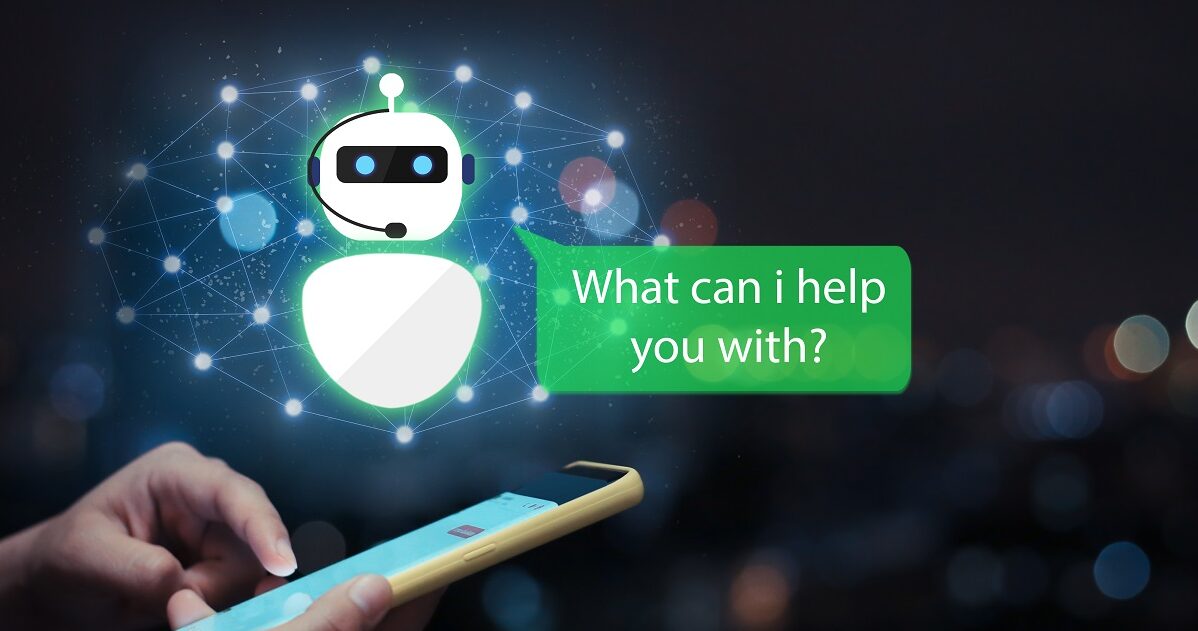
This image is property of assets.website-files.com.
Ensuring a Positive User Experience
Natural language understanding and processing
To ensure a positive user experience, AI chatbots need to possess robust natural language understanding and processing capabilities. They should accurately interpret user intent, detect nuances in language, and understand the context of the conversation. By comprehending customer inquiries accurately, chatbots can provide relevant and helpful responses. Continued advancements in natural language understanding technology contribute to the refinement of chatbot responses, enabling more human-like interactions.
Empathy and emotional intelligence
Empathy and emotional intelligence play a crucial role in customer service interactions. While AI chatbots may lack human emotions, there are techniques to infuse empathy into their responses. Chatbots can be programmed to acknowledge customer emotions and respond in a compassionate manner. For example, if a customer expresses frustration, the chatbot can offer an understanding response and suggest potential solutions. Incorporating empathy and emotional intelligence into chatbot interactions helps create a positive user experience, even in situations requiring emotional support.
Avoiding errors and misunderstandings
Chatbots need to minimize errors and misunderstandings to provide a satisfactory user experience. This can be achieved through rigorous testing and quality assurance. Chatbot developers should continuously monitor and analyze user interactions to identify areas where errors or misunderstandings occur. By leveraging user feedback and analytics, improvements can be made to the chatbot’s algorithms and responses. Accuracy and clarity in chatbot communication contribute to customer satisfaction and a positive user experience.
Providing clear and concise responses
Clear and concise communication is essential for effective customer service. Chatbots should deliver responses that are easily understood and free from ambiguity. By utilizing natural language generation techniques, chatbots can generate concise and coherent responses. Long and convoluted answers can lead to confusion and frustration for users. Providing clear and concise responses ensures that customers receive the necessary information or assistance in a straightforward manner, enhancing their user experience.
Smooth handoffs to human agents
While chatbots are capable of handling a wide range of inquiries, there may be instances where human intervention is required. Ensuring a smooth transition from chatbot to human agent is crucial for maintaining a positive user experience. When a chatbot determines that a query exceeds its capabilities or requires personalized attention, it should seamlessly transfer the conversation to a human agent. The handoff should be transparent to the user, minimizing any disruption in the service. This seamless collaboration between chatbot and human agents strengthens customer trust and ensures a positive user experience.
Common Challenges and Limitations
Overreliance on chatbots
While AI chatbots offer numerous benefits, overreliance on them can pose challenges. Relying solely on chatbot support may lead to frustration if the chatbot cannot address complex queries or customer-specific issues. It is important to strike a balance between automation and human support. Companies should communicate the limitations of chatbots and offer alternative channels or means of contact for customers who need additional assistance.
Understanding complex queries
Chatbots excel at handling routine and straightforward inquiries, but they can struggle with understanding complex queries or ambiguous language. When faced with intricate or unclear questions, chatbots may provide generic responses or fail to understand the user’s intent. Addressing this challenge requires ongoing training and improvement of the chatbot’s natural language understanding capabilities to handle a broader range of queries accurately.
Maintaining brand voice and tone
Maintaining brand voice and tone is crucial to maintaining a consistent customer experience. AI chatbots must be programmed to reflect the brand’s personality and values accurately. This can be challenging as chatbots operate autonomously, and inconsistencies in responses may arise. Close monitoring and periodic reviews of chatbot interactions are necessary to ensure that the chatbot aligns with the brand’s voice and tone throughout customer interactions.
Language and cultural barriers
Language and cultural differences can pose challenges for AI chatbots. Chatbots that support multiple languages must accurately understand and respond to inquiries in various languages. Additionally, cultural differences in communication styles and preferences need to be considered to ensure appropriate responses. Adequate training and meticulous attention to linguistic and cultural nuances are necessary to overcome these barriers and provide a satisfactory user experience.
Managing customer expectations
AI chatbots may not always meet customer expectations, especially when it comes to complex or personalized inquiries. Setting realistic expectations and clearly communicating the limitations of chatbot support are crucial. Informing customers about the scope of chatbot capabilities and providing alternative channels for complex queries helps manage customer expectations effectively. By managing expectations, businesses can minimize customer frustration and maintain a positive customer experience.
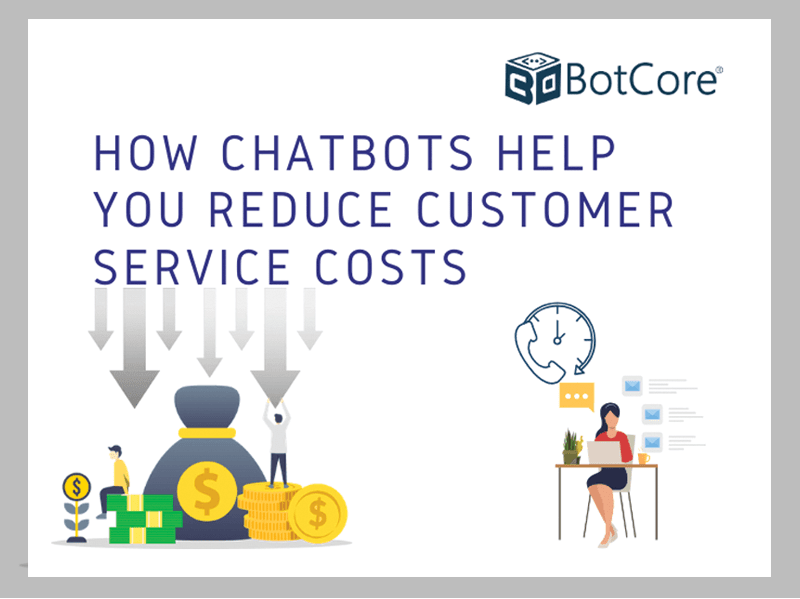
This image is property of botcore.ai.
Successful Case Studies
Integration of AI chatbots in e-commerce
Various e-commerce companies have implemented AI chatbots to enhance customer service and support. These chatbots assist customers in browsing products, making purchase recommendations, and providing order status updates. By automating these tasks, e-commerce companies can provide quick and accurate assistance, resulting in improved customer satisfaction and increased sales.
AI-powered virtual assistants in customer service
Customer service departments utilize AI-powered virtual assistants to provide efficient and personalized support. These virtual assistants leverage AI chatbot technology to handle routine inquiries, offer product information, and troubleshoot issues. By automating repetitive tasks, customer service teams can allocate more time and resources to complex inquiries, enhancing overall service quality.
Improved efficiency in the healthcare industry
AI chatbots have found applications in the healthcare industry, improving efficiency and accessibility to healthcare information. Chatbots can handle basic medical inquiries, provide medication reminders, and even assist in symptom analysis. By automating these tasks, healthcare providers can reduce the burden on medical staff and improve patient experiences.
Automation of routine tasks in the banking sector
Banks and financial institutions utilize AI chatbots to automate routine tasks such as balance inquiries, fund transfers, and account management. Chatbots provide quick and accurate responses to customer inquiries, reducing the need for human intervention. This automation streamlines banking operations and improves the overall customer experience.
Enhanced support in travel and tourism
AI-powered chatbots have transformed the travel and tourism industry by providing automated assistance to customers. Chatbots handle inquiries about flight bookings, hotel reservations, and travel information. By automating these processes, travel companies can enhance customer support and provide 24/7 assistance, resulting in improved customer satisfaction and increased bookings.
Impact on Businesses and Industries
Cost savings and increased efficiency
The implementation of AI chatbots in customer service can result in significant cost savings for businesses. By automating repetitive tasks and reducing the need for human agents, companies can streamline their operations and lower overhead costs. Additionally, AI chatbots improve efficiency by handling multiple inquiries simultaneously, reducing response times, and increasing customer satisfaction.
Improved customer satisfaction and retention
AI chatbots play a crucial role in enhancing customer satisfaction and retention. By providing faster response times, personalized interactions, and access to accurate information, chatbots improve the overall customer service experience. Satisfied customers are more likely to remain loyal to a brand and recommend it to others, contributing to increased customer retention and positive word-of-mouth.
Enhanced data collection and analysis
AI chatbots generate large volumes of data from customer interactions. This data can be analyzed to gain valuable insights into customer preferences, pain points, and trends. Such insights enable businesses to make data-driven decisions, refine their customer service strategies, and enhance their understanding of customer needs. Effective data collection and analysis contribute to improved customer satisfaction and the development of targeted marketing campaigns.
Transformation of customer service departments
The integration of AI chatbots can transform traditional customer service departments. Repetitive and mundane tasks are automated, allowing human agents to focus on complex inquiries and providing personalized support. This shift redefines the roles of customer service agents, empowering them to engage in higher-level problem-solving and building strong customer relationships. The transformation of customer service departments leads to improved efficiency, higher job satisfaction for agents, and enhanced overall service quality.
Future trends and predictions
The use of AI chatbots in customer service is a rapidly evolving field. Future trends include the integration of voice recognition and natural language processing to enable more conversational interactions. Additionally, advancements in machine learning and AI algorithms will enhance the chatbots’ ability to understand complex inquiries and provide accurate responses. Chatbots may also employ sentiment analysis techniques to gauge customer emotions and tailor responses accordingly. The future holds exciting potential for AI-powered customer interactions, with personalized, efficient, and emotionally intelligent chatbots at the forefront.
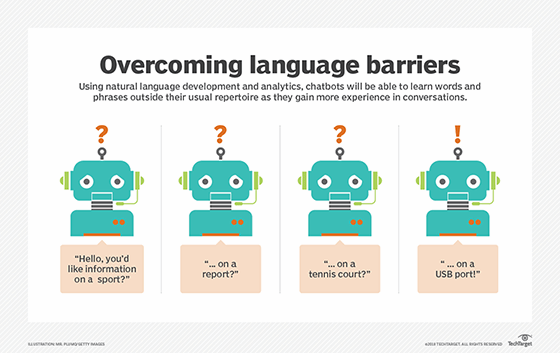
This image is property of cdn.ttgtmedia.com.
Ethical Considerations and Privacy
Data security and privacy concerns
AI chatbots handle sensitive customer information and must comply with data protection regulations. Businesses need to ensure robust security measures are in place to protect customer data from unauthorized access or breaches. Encryption, secure servers, and access controls are essential components of data security. Companies should also transparently communicate their data privacy policies to customers and provide options for data deletion or opt-out when necessary.
Transparency and disclosure of AI chatbot usage
Businesses utilizing AI chatbots should disclose their usage to ensure transparency. Customers should be informed that they are interacting with a chatbot and have the option to request assistance from a human agent if needed. Transparent disclosure builds trust and helps manage customer expectations, avoiding potential misunderstandings or frustrations.
Handling sensitive customer information
AI chatbots may handle sensitive customer information such as personal details, financial data, or health-related information. Businesses need to handle this information responsibly and securely. Chatbots should only collect and store necessary data for the purpose of providing assistance and should adhere to relevant data protection regulations. Implementing data anonymization and encryption techniques ensures that customer information remains secure and protected.
Ensuring compliance with regulations
Businesses utilizing AI chatbots must ensure compliance with relevant regulations, such as the General Data Protection Regulation (GDPR) or the Health Insurance Portability and Accountability Act (HIPAA). Compliance includes obtaining appropriate consent, handling and storing data securely, and providing options for data deletion or access restriction. Companies should collaborate with legal and compliance teams to ensure their chatbot implementation aligns with regulatory requirements.
Ethical use of AI technology
The ethical use of AI chatbots is crucial to maintain customers’ trust. Companies should prioritize ethical considerations, ensuring that chatbots are programmed to respect user privacy, avoid discriminatory behavior, and provide accurate and unbiased information. Periodic review and monitoring of chatbot performance can help identify potential ethical issues and allow for necessary adjustments to align with ethical standards.
Conclusion
In conclusion, AI chatbots offer numerous benefits to businesses seeking to streamline customer service operations while enhancing the overall customer experience. Their automation capabilities enable cost savings, improved efficiency, and scalability. With features such as 24/7 availability, personalized interactions, and efficient handling of frequently asked questions, chatbots contribute to greater customer satisfaction and retention. The seamless integration of chatbots with existing systems and platforms, compatibility with popular messaging apps, and hybrid human-agent collaboration further enhance their capabilities. To ensure a positive user experience, chatbots must possess natural language understanding and processing abilities, empathy, and emotional intelligence, while avoiding errors and providing clear and concise responses. However, businesses need to account for challenges such as overreliance, understanding complex queries, maintaining brand voice, language barriers, and managing customer expectations. Successful case studies demonstrate the impact of AI chatbots across various industries, from e-commerce to healthcare. The widespread implementation of chatbots brings cost savings, increased efficiency, improved customer satisfaction, and enhanced data collection and analysis. Ethical considerations, such as data security, transparency, handling sensitive information, compliance, and ethical use, are paramount in ensuring responsible implementation. The future of AI-powered customer interactions holds exciting possibilities, with continuous development and improvement of chatbot technology. By harnessing the potential of AI chatbots, businesses can revolutionize their customer service and drive growth in their industries.
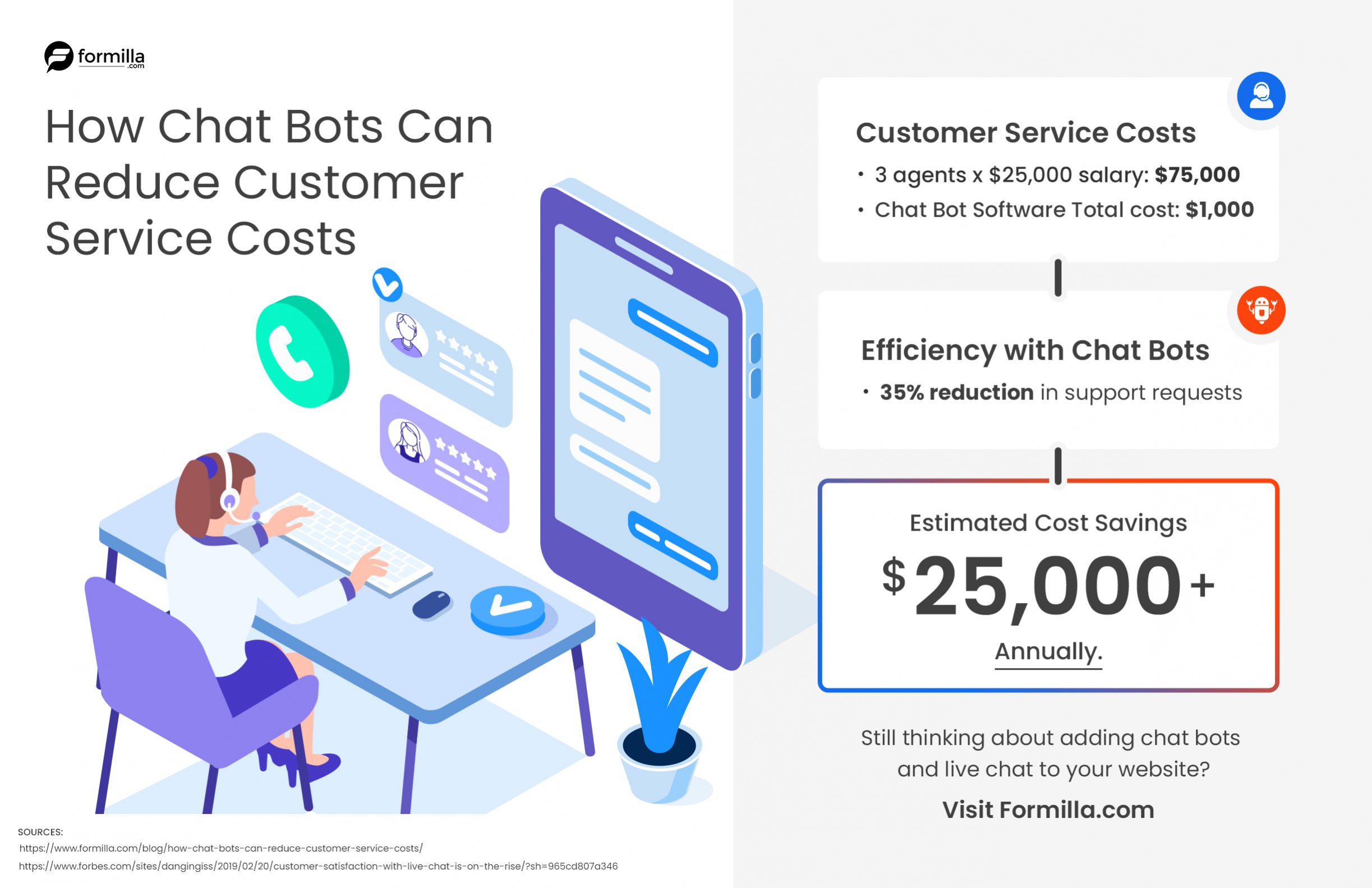
This image is property of blog.formilla.com.

